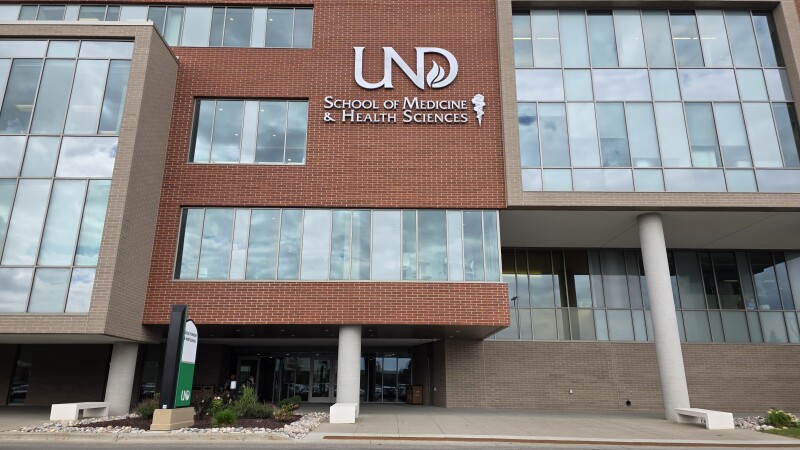The University of North Dakota (UND) has achieved a significant milestone by securing accreditation for its Physical Therapy (PT) Faculty Residency Program. This designation marks the program as the fifth of its kind in the United States and the first in the Midwest. The accreditation addresses the pressing national shortage of qualified health care educators, according to a press release from the university.
Gary Schindler, a professor at the UND School of Medicine and Health Sciences, emphasized the program’s goal of cultivating highly effective faculty members for physical therapy departments across the country. “This isn’t just good for UND. It’s good for the profession,” he stated, highlighting the broader implications of the program.
The PT Faculty Residency Program at UND invites a licensed physical therapist to join as a short-term faculty member each year. During their two-year residency, participants gain valuable experience in teaching and curriculum design, engage in scholarly projects, and undertake graduate-level coursework through the College of Education and Human Development. Upon completion, residents will receive a College Teaching Certificate and can further pursue either an Ed.D. (Doctor of Education) or Ph.D. (Doctor of Philosophy).
Addressing the Shortage of Educators
The need for this residency program comes amid a national shortage of physical therapists and educators. Cindy Flom-Meland, chair of the Department of Physical Therapy, noted that many instructors are retiring, exacerbating faculty shortages in the field. “We see the residency as a pathway to additional faculty for us, and for Doctor of Physical Therapy programs in general,” Flom-Meland explained.
As the landscape of health care continues to evolve, accrediting agencies require educational programs to maintain a certain number of research-oriented faculty members with Ph.D. degrees. Dave Relling, senior associate dean for health sciences at UND SMHS, pointed out that the number of Ph.D.-trained physical therapists is low. Consequently, many health science training programs find it necessary to develop their own faculty internally.
Relling elaborated on the practical benefits of the residency program, stating, “If a department can’t hire another full-time faculty member because they don’t yet have their Ph.D. or Doctor of Education degree, they can fill a gap through a residency program.”
Broadening Academic Perspectives
The residency program not only focuses on teaching but also encompasses governance and service in higher education. Residents are tasked with completing a research project, further enhancing their academic credentials. “Residents are obviously in the classroom,” Schindler noted. “They’re teaching their syllabus, leading a class. As time goes on, they’re also learning about governance in higher ed.”
Additionally, the program includes participation in the Alice T. Clark mentoring program and a Faculty Development Workshop through the American Physical Therapy Association. This comprehensive approach ensures that residents develop a well-rounded understanding of what it means to be an academic in the field of physical therapy.
The UND program joins a select group of accredited PT Faculty Residency programs across the nation, which includes institutions such as Duke University in North Carolina, Nova Southeastern University in Florida, Rocky Mountain University of Health Professions in Utah, and the University of Colorado Anschutz Medical Campus.
In summary, the newly accredited PT Faculty Residency Program at the University of North Dakota represents a proactive step toward addressing the critical shortage of educators in health care, ensuring that future generations of physical therapy professionals receive high-quality instruction and mentorship.







